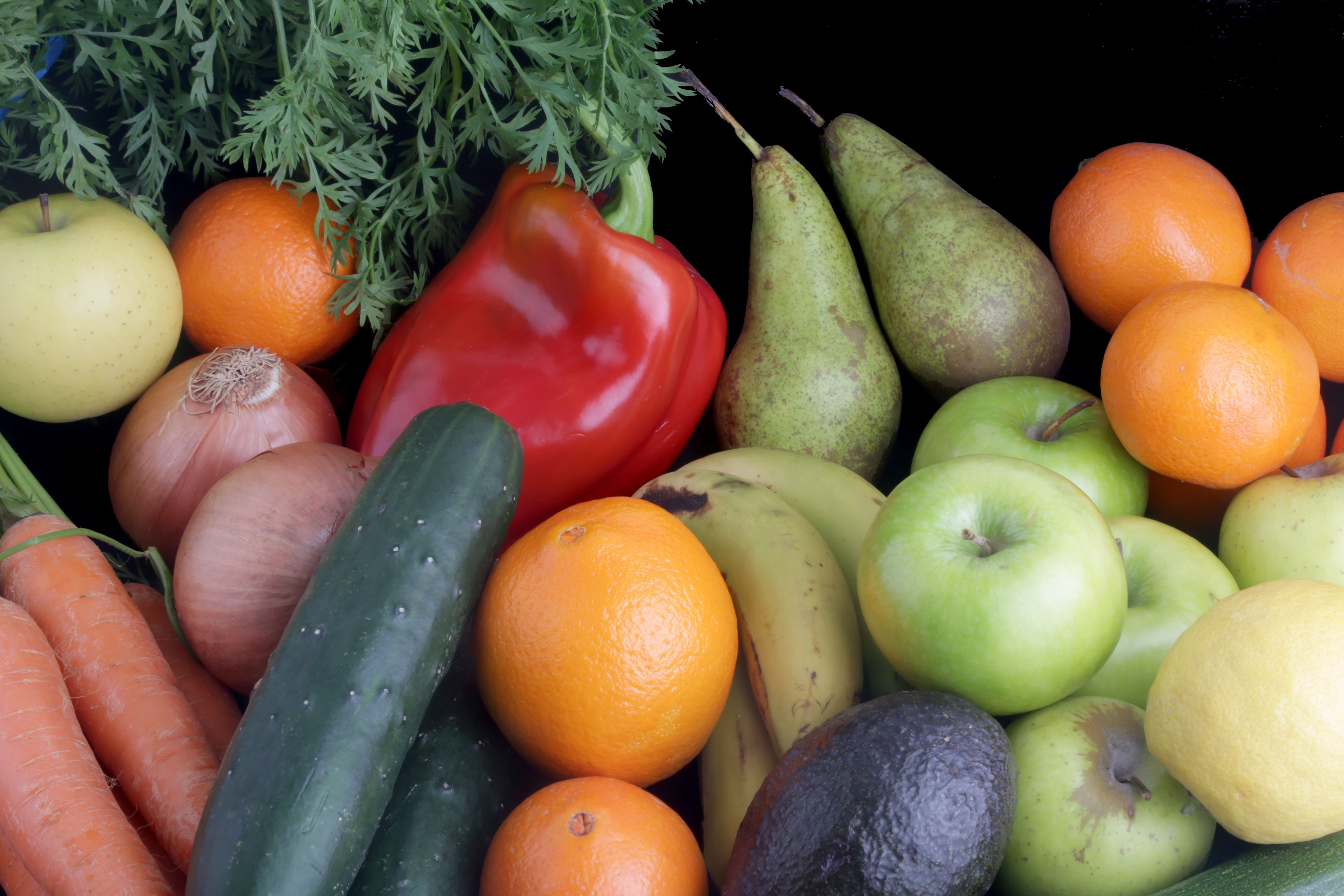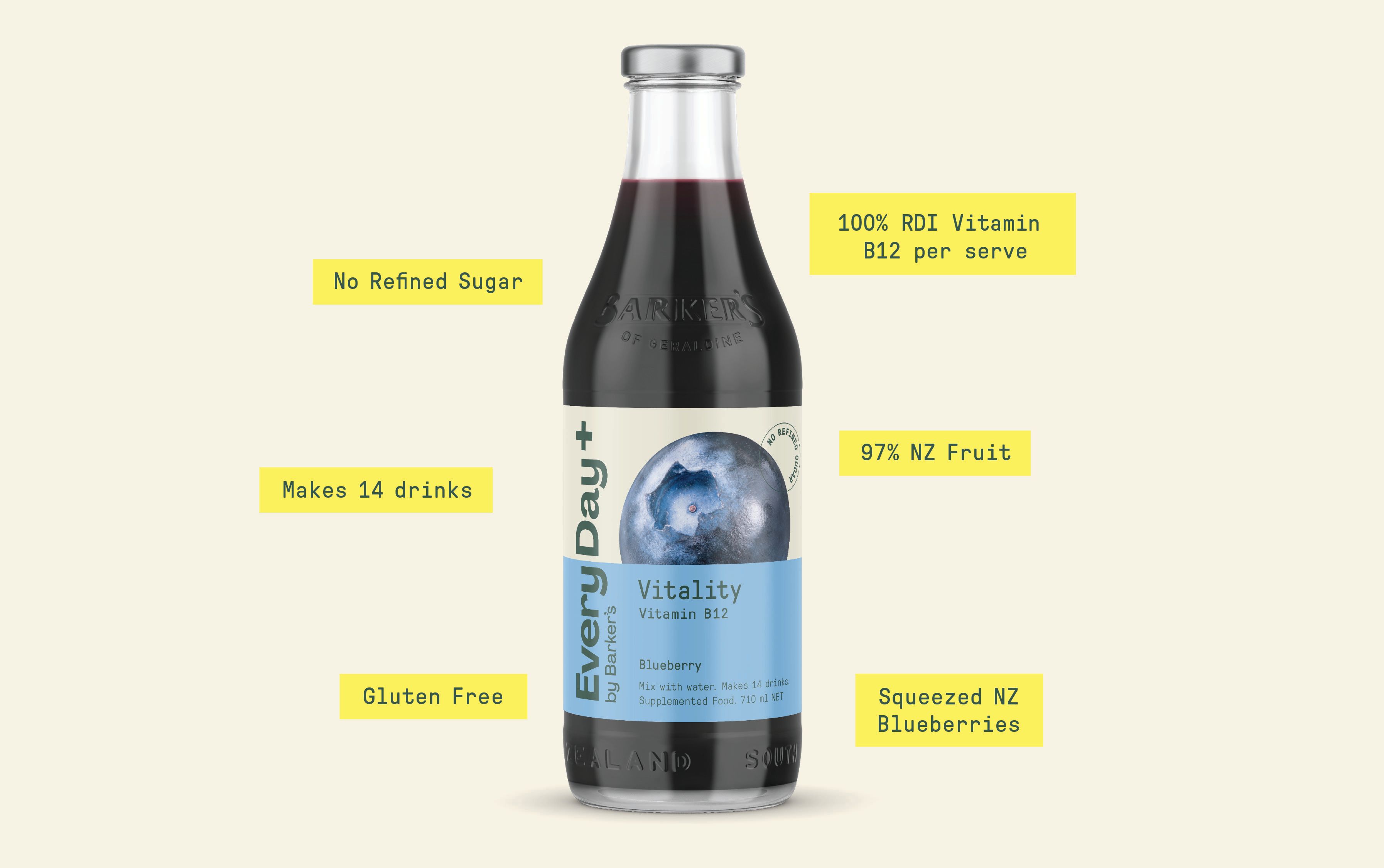What is the Glycaemic Index?
2025-05-28

The EveryDay+ range features an array of fruit and vegetables including oranges, carrots, blackcurrants, kiwifruit, cucumber and more! These superstars are packed with health benefits including fibre, vitamin C and antioxidants, and have a low glycaemic index. This means they can help provide long-lasting energy while supporting blood sugar levels.
What is the Glycaemic Index?
Glycaemic Index (GI) is a measurement of how different foods affect blood sugar levels, based on how quickly they are digested into glucose and absorbed into the blood. This system was first developed in 1980 to help people with diabetes control and avoid spikes in their blood glucose.
Only foods that contain carbohydrates have a GI. Carbohydrates are essential to a balanced diet. They are our body’s primary source of energy.Carbohydrates are present naturally in fruits, vegetables, nuts, seeds, grains and dairy products. They are added to processed foods, often in the form of added sugars.
The Glycaemic Index ranks food on a scale from 0 to 100. Pure glucose is ranked at 100. High GI foods have a ranking of 70 or more, medium GI foods have a ranking of 55 to 69 and low GI foods have a ranking of 55 or less. Food with high GI is digested quickly with the glucose reaching the bloodstream faster and causing a greater effect on blood sugar levels than food with low GI. The body reacts to this glucose spike by producing more insulin to metabolise the glucose quickly. When the blood glucose drops again too quickly, the body is left feeling exhausted and craving another high GI energy boost.
Meanwhile, low GI foods are digested slowly, providing a consistent source energy through a steady flow of glucose to the bloodstream, reducing the likelihood of overeating.
What role does GI play in a healthy diet?
The more processed or cooked a food is, the more the GI ranking increases as it will take less time for the body to digest.
Using the GI Database by the University of Sydney we can see that Carrot has a low GI of 23, while boiled carrots with 2g of salt have a high GI of 92.
While the GI is higher, cooked carrots are still rich in vitamins A, C, K and B6, along with essential minerals calcium and potassium, and packed with antioxidants. They’re also a good source of dietary fibre for digestive health. GI isn’t the only factor in the nutritional value of a food item. Total number of kilojoules/calories, added sugar, saturated fat content, sodium content and dietary fibre content are also highly important factors.
A healthy diet includes both nutritious high and low GI foods to match your energy needs throughout the day. The NZ Nutrition Foundation (2022) states that porridge made with rolled oats (as opposed to the already-refined “quick oats”) is great before exercise as to provide a foundation of energy. Higher GI foods have their place in our diets too. During exercise like a sports drink or lollies will digest quickly to provide a faster energy burst to continue performance.
You may have also heard the term Glycaemic Load, or GL. While GI considers the speed at which a food will increase blood sugar, GL considers the amount of carbohydrates within a typical serving of the food. Most fruits tend to have a low GL because most of the makeup is water, not carbohydrates. Conversely, pasta can have a low GI but because its makeup is mostly carbohydrate, it has a high GL.
Summary
Glycaemic Index doesn’t determine whether a food is good or bad for your health overall. Portion size and nutritional value are also important parts of healthy eating and need to be considered.
Your new knowledge of Glycaemic Index may come in handy when choosing what to eat based on your energy needs. If you would like to look up the Glycaemic index of a particular food the University of Sydney has a helpful database here: https://glycemicindex.com/gi-search/
References
- Carbohydrates. (2024). Retrieved 6 March 2025, from https://medlineplus.gov/carbohydrates.html
- Carbohydrates: How carbs fit into a healthy diet—Mayo Clinic. (2025). Retrieved 6 March 2025, from https://www.mayoclinic.org/healthy-lifestyle/nutrition-and-healthy-eating/in-depth/carbohydrates/art-20045705?p=1
- Carrot (Fresh): Glycemic Index (Gi), glycemic load (Gl) and calories per 100g. (2021, February 8). Glycemic Index Guide. https://glycemic-index.net/carrot-fresh/
- Dark Chocolate (With 85% cocoa content): Glycemic Index (Gi), glycemic load (Gl) and calories per 100g. (2021, February 8). Glycemic Index Guide. https://glycemic-index.net/dark-chocolate-with-85-cocoa-content/
- Department of Health, State Government of Victoria. (n.d.). Carbohydrates and the glycaemic index. Better Health Channel. https://www.betterhealth.vic.gov.au/health/healthyliving/carbohydrates-and-the-glycaemic-index
- Glycaemic index (Gi). (2023, August 12). Healthify. https://healthify.nz/hauora-wellbeing/g/glycaemic-index-gi
- Glycaemic index (Gi). (2024, October 29). Healthdirect Australia. https://www.healthdirect.gov.au/glycaemic-index-gi
- Glycaemic index—Gi. (n.d.). NZ Nutrition Foundation. Retrieved 6 March 2025, from https://nutritionfoundation.org.nz/glycaemic-index-gi/
- Glycemic index and diabetes: Medlineplus medical encyclopedia. (n.d.). Retrieved 6 March 2025, from https://medlineplus.gov/ency/patientinstructions/000941.htm
- Harvard Health Publishing. (2014, November 13). Keep your weight down and your energy up with the glycemic index. Harvard Health Publishing. https://www.health.harvard.edu/staying-healthy/keep-your-weight-down-and-your-energy-up-with-the-glycemic-index
- Harvard Health Publishing. (2023, August 2). The lowdown on glycemic index and glycemic load. Harvard Medical School. https://www.health.harvard.edu/diseases-and-conditions/the-lowdown-on-glycemic-index-and-glycemic-load
- Low-glycemic index diet: What’s behind the claims? (n.d.). Mayo Clinic. Retrieved 6 March 2025, from https://www.mayoclinic.org/healthy-lifestyle/nutrition-and-healthy-eating/in-depth/low-glycemic-index-diet/art-20048478
- Mandal, A. (2009, December 2). What is glycemic index? News-Medical. https://www.news-medical.net/health/What-is-Glycemic-Index.aspx
Please note, EveryDay+ products are intended to complement a healthy lifestyle and are not a substitute for medical treatments or supplements. While we provide general tips and information on our blog, we recommend consulting a healthcare professional for personalised advice.
Related Posts

Our new Vitality Syrup provides a vitamin B12 top up. Each 200ml serve contains ...
Read more >
As the saying goes, “everything in moderation”. Exercise is crucial to our healt...
Read more >
Blackcurrants are bursting with goodness. Research indicates that New Zealand Bl...
Read more >
Fruit and vegetables are necessary to the human diet for many reasons. You may h...
Read more >



